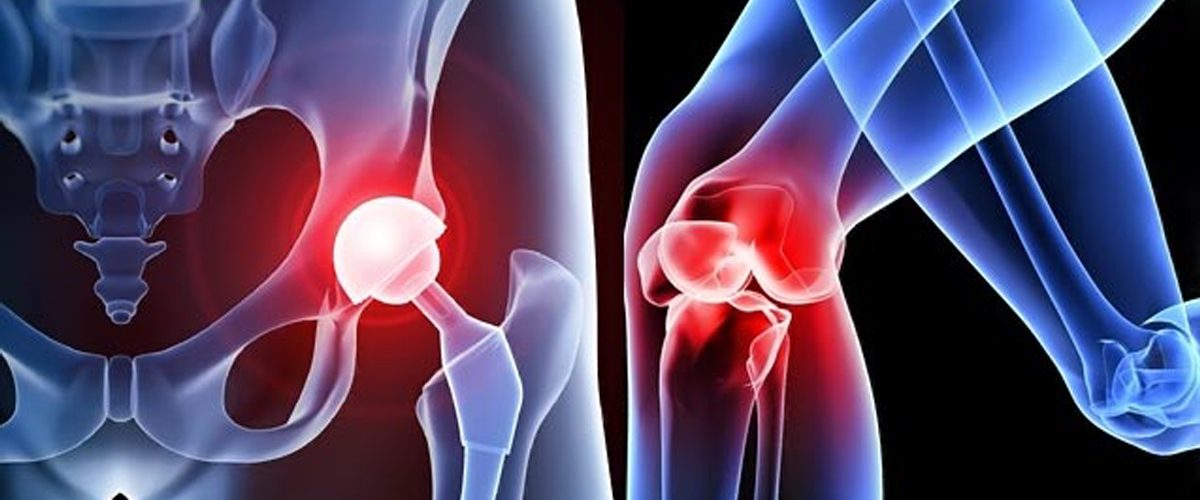Periprosthetic joint infection (PJI) is a serious impediment after arthroplasty that is linked with pain, multiple surgeries, prolonged hospital stay, functional breakdown, and even mortality. This illness increasing healthcare costs, required advanced management from both surgical and medical perspective. Streptococcal infections are caused by numerous species of Streptococcus. These gram-positive bacteria cause many health disorders, including pneumonia, strep throat and skin, wound, heart valve, and bloodstream infections. Though streptococcal joint and bone infections are less prevalent than staphylococcal cases their role as causative agents remains important accounting for at least 10% of PJIs.
Streptococcus anginosus group (SAG) is a cluster of numerous species of streptococci with clinical similarities. The Species of this Bacteria found in the normal flora of the urogenital tract, intestinal tract, and oropharynx, and when they are involved as pathogens, their main clinical manifestation is the formation of abscesses in several body parts. Infections caused by these bacteria affect the brain, liver, and lungs.
SAG infections have also been detected in children and patients with immunodeficiency conditions such as HIV and elderly patients. Seng et al. (2016) stated that SAG bacteria may lead to osteomyelitis and the contribution of a joint represent a rare event. Renz et al. (2019) reported that prolonged oral antibiotic therapy after surgical management of streptococcal PJIs was linked with meaningfully better treatment outcomes.
Recently, ‘Journal of infection in developing countries’ published a research in which Marongiu et al. (2021) presented a case of a late inception periprosthetic knee infection due to Streptococcus anginosus effectively treated by a two-stage revision arthroplasty with two years of follow-up. The researchers informed that SAG bacteria are pyogenic pathogen that can occasionally seed vascular or other metallic implants and tends to develop SAG bacteria are pyogenic pathogen which can occasionally seed vascular or other metallic implants and tends to develop polymicrobial infections. The treatment line was a two-stage revision arthroplasty and postoperative parenteral Vancomycin, (2 g per day) and Levofloxacin (750 mg per day) for 4 weeks and after that oral Levofloxacin for additional 2 weeks. Streptococcal PJIs treatment is challenging due to the tendency to poorer clinical outcomes and lower clearance of infection rate. Therefore, two-stage exchange revision represents a reasonable treatment choice when the causative pathogen is a difficult-to treat bacteria, as it often happens concomitant to a Streptococcus anginosus infection. The researchers claimed that this is the first fully documented case of PJI management due to Streptococcus anginosus.

















Add comment